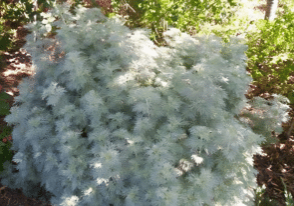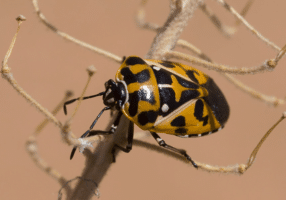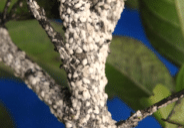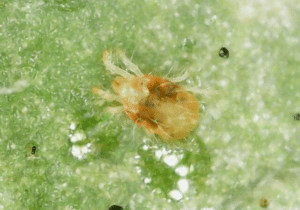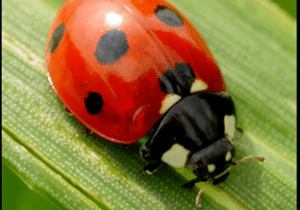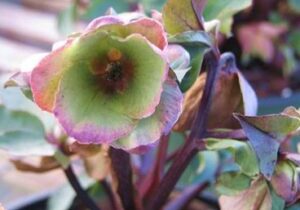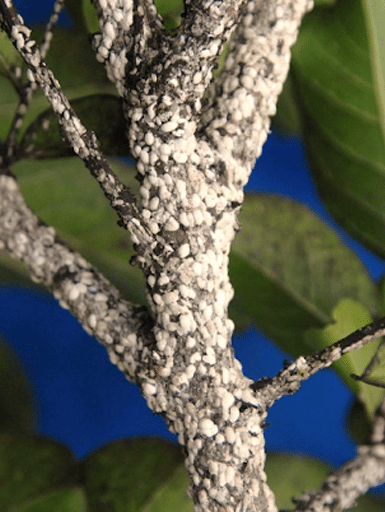By Steve Pulliam
The invasion of Crape Myrtle Bark Scale (CMBS), (scientifically known as Acanthococcus lagerstroemiae), in South Carolina poses a significant threat to the health and vitality of one of the state's most beloved ornamental trees. Originally native to Asia, CMBS has rapidly spread to various regions around the world including the Southeastern United States. These invasive pests feed upon the sap of the host tree, causing its leaves to yellow, twigs to die back, and overall weaken the tree's health. CMBS infestations can cause significant damage to crape myrtle trees, leading to aesthetic decline, reduced vigor, and even death if left untreated.
Efforts to control the spread of CMBS in South Carolina have been underway, with state agricultural authorities and arborists working to raise awareness about the pest and implement effective management strategies. These strategies may include the application of insecticides, pruning affected branches, and promoting cultural practices that enhance tree health and resilience. April is typically the month when tiny crawlers begin to emerge from beneath the protective covering of adult female scales.
These crawlers, which are the mobile stage of the insect, disperse and settle on various parts of the crape myrtle tree, including branches, twigs, and trunk. Once settled, the crawlers begin to feed on the sap of the tree using their piercing-sucking mouthparts.
As the crawlers feed and mature, they molt through several nymphal stages, gradually increasing in size. During this time, they continue to feed and produce copious amounts of honeydew, a sticky, sugary substance that can attract ants and promote the growth of sooty mold. Eventually, the nymphs develop into adult females, which are immobile and covered by a waxy protective coating.
The best time to treat CMBS is when they are in the crawler stage of development. Treating CMBS during this time is more effective because the crawlers are mobile and susceptible to insecticides.
There are several methods for treating CMBS infestations, including:
- Horticultural oil, insecticidal soap, or pesticides like Bifenthrin: These can be sprayed directly onto the affected parts of the crape myrtle tree to suffocate and kill the CMBS. Ensure thorough coverage of the tree, targeting areas where the scales are present.
- Systemic insecticides: These are applied to the soil around the base of the tree and are taken up by the roots, providing long-lasting protection against CMBS. Systemic insecticides are particularly effective when applied early in the growing season.
- Neonicotinoid insecticides: These can be applied as a soil drench or sprayed directly onto the tree. Neonicotinoids work by interfering with the nervous system of the CMBS, effectively controlling the infestation.
Before treating for CMBS, it's essential to properly identify the pest and assess the severity of the infestation. Additionally, always follow the instructions on the label when applying insecticides, and consider giving HomeScape Carolina a call for guidance on the most appropriate treatment method for your specific situation. Regular monitoring and maintenance of crape myrtle trees can also help prevent and manage CMBS infestations effectively

